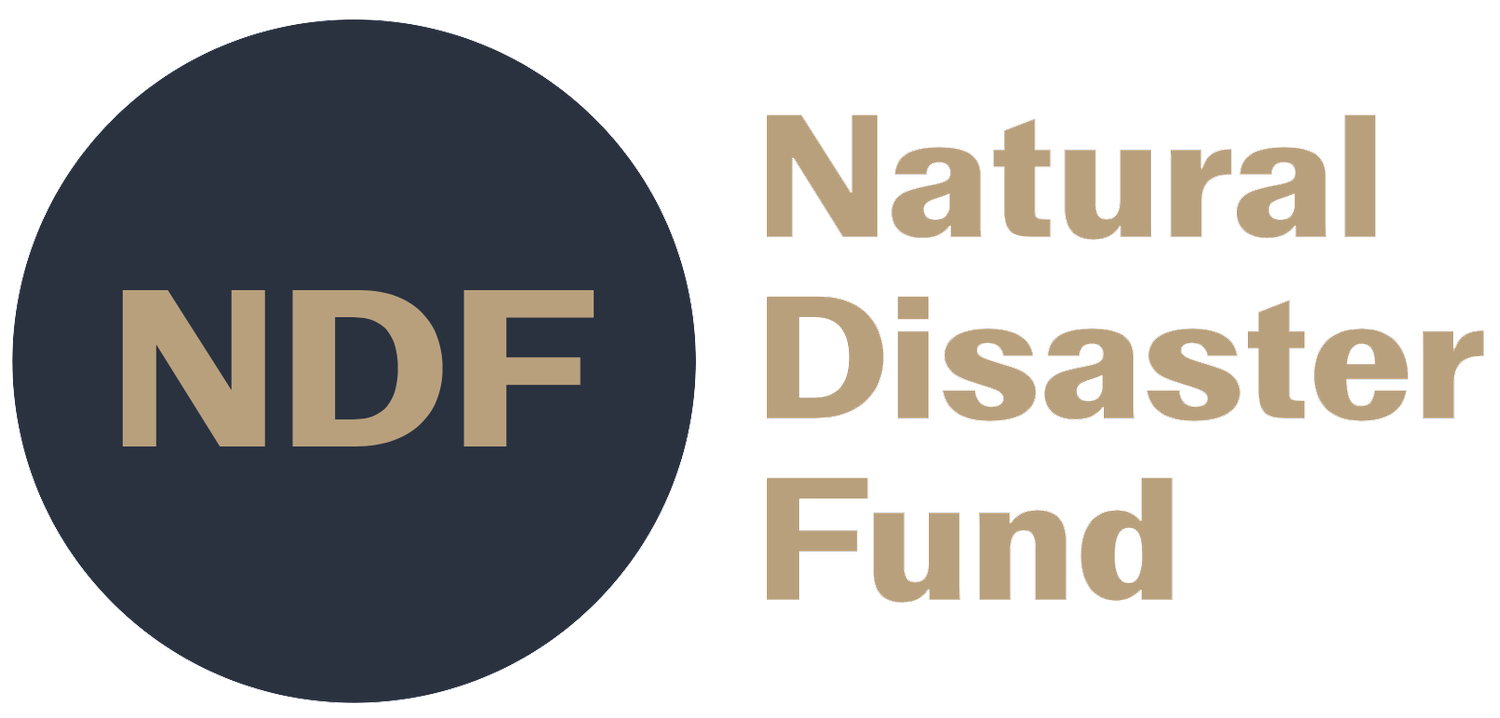
ABOUT THE NATURAL DISASTER FUND
Climate and natural catastrophe (NatCat) risks have a disproportionate impact on low-and-middle-income countries. These countries bear a heavier burden as they are more vulnerable due to factors such as (but not limited to) limited financial capabilities, inadequate infrastructure, low disaster preparedness, urbanisation trends, and geographical location. The NDF’s target group are poor and vulnerable people (living on less than USD 15 PPP per day, as defined by InsuResilience Global Partnership).
The widening gap between economic losses and insured losses in these countries remains as a significant deterrent to their economic growth and prosperity. The majority of losses resulting from climate and NatCat events in low-and-middle-income countries remain uninsured, leaving communities, businesses, and governments grappling with the financial aftermath. This lack of insurance coverage exacerbates the challenges faced by these countries, hindering their ability to recover and build climate and NatCat risk resilience.
Traditional indemnity-based risk transfer has proven inadequate in addressing the unique needs and vulnerabilities of low-and-middle-income countries. Hence, alternative risk transfer mechanisms are crucial for achieving a scalable solution. One such approach is parametric risk transfer. Unlike traditional insurance that relies on complex claims assessments, parametric risk transfer pays out based on predefined parameters such as the intensity of a natural disaster or a specific index. This streamlined process enables swift and transparent payouts, ensuring faster financial assistance to those in need.
However, the availability of risk capacity in respect to natural disaster risks affecting low-and-middle-income countries remains scarce. To bridge this gap, public-private partnerships play a crucial role. By combining the resources and expertise of governments, insurers, and reinsurers, these partnerships can facilitate the development and implementation of parametric risk transfer solutions. Such collaborations not only help address the challenges of limited risk capacity but also foster knowledge sharing, innovation, and long-term resilience-building efforts.

